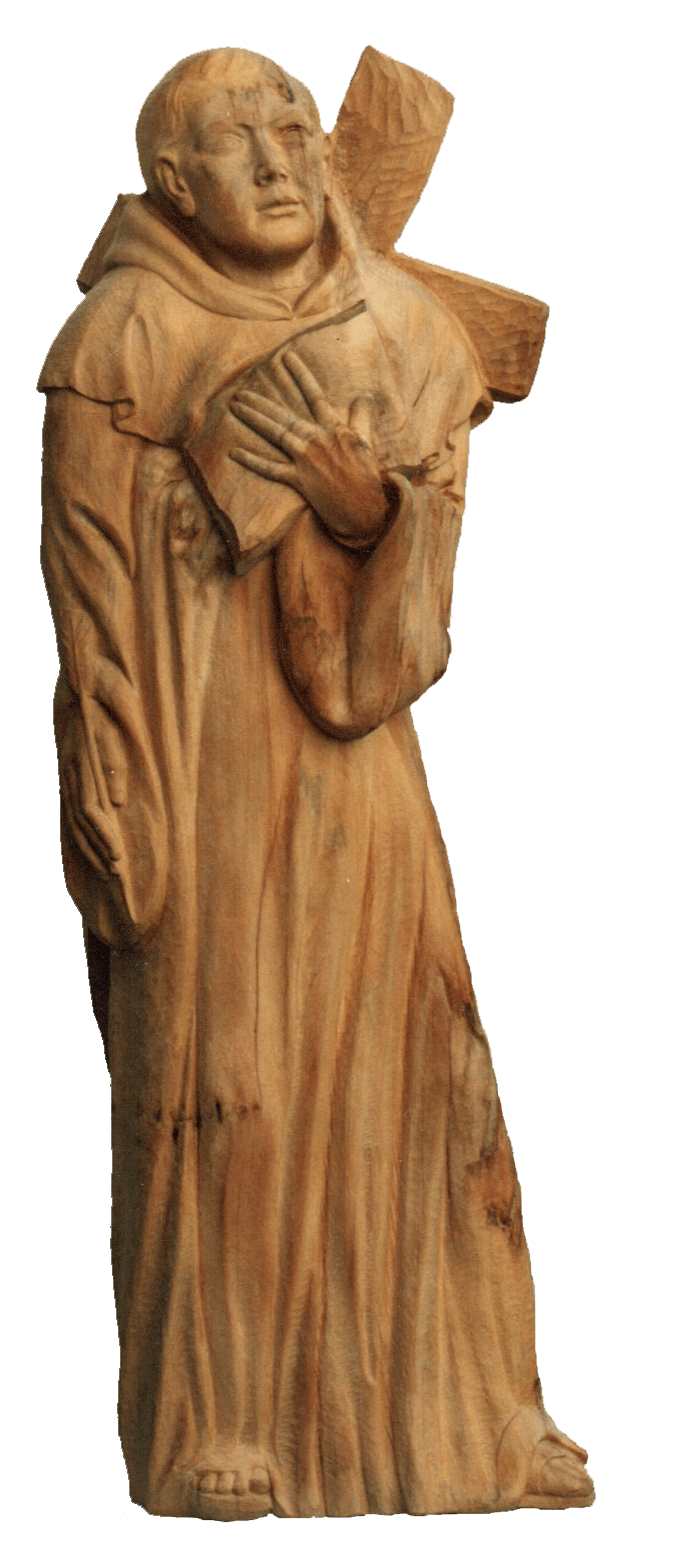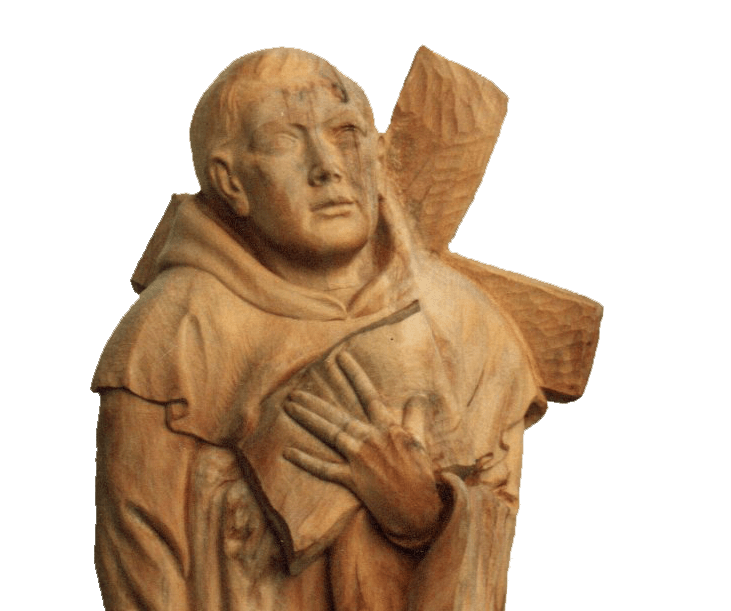Page 1 | Page 2 | Page 3 | Page 4 | Page 5 | Page 6 | Page 7 | Page 8 | Page 9 | Page 10 | Page 11 | Page 12 | Page 13 | Page 14 | Page 15 | Page 16 | Page 17 | Page 18 | Page 19 |
St. John of the Cross
Samuel Bugeja was a religious man, with high moral values. It is therefore not surprising that his various works of art have a religious connection.
The biographers of St John of the Cross have estimated that after his ordination, he travelled nearly 18,000 miles all over Spain, mainly on foot. We have his famous painting of the crucifixion, which most know through the painting by Salvador Dali. Spain still has a functioning aqueduct that he designed and helped to build for a Carmelite monastery. His spiritual doctrine is both profoundly Christological and Trinitarian.
St John of the Cross desire to help those whom he met in his duties as a confessor to advance in the life of prayer is the key to understanding his writings. He wrote not for beginners in prayer but for those who were ready to enter into the life of contemplation.
Samuel Bugeja was an avid reader of his writings, these coming in tune with the deep spirituality he continually sought.
It is therefore no surprise that this work of art was created in the artists’ vision of how he depicted St John of the Cross. The face with those eyes lovingly looking to Heaven always seeking God. His left hand closely holding to his book of written spiritual poetry and Poses, whilst his right hand is holding his writing Quill.
Artistically, it has a presence of inner peace, prayer, spirituality and peacefulness.
St John of the Cross is privately owned.

